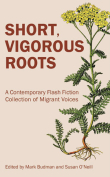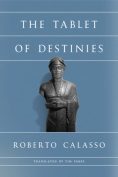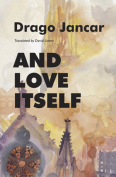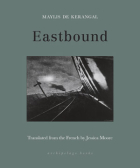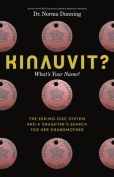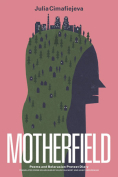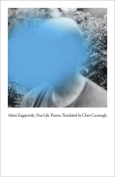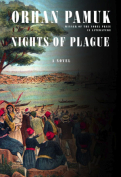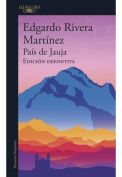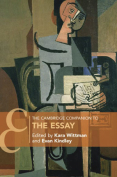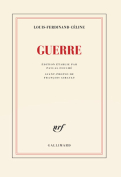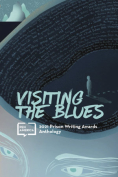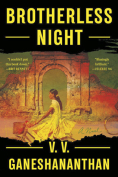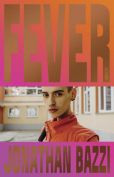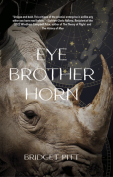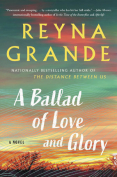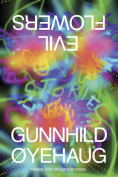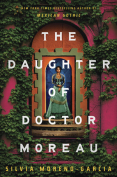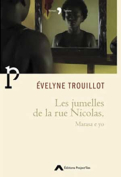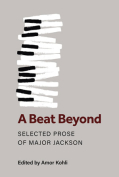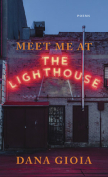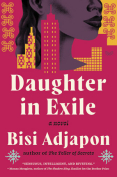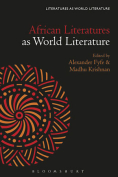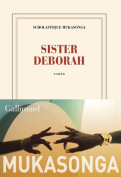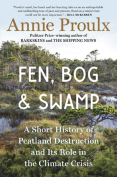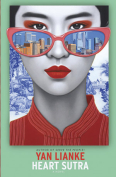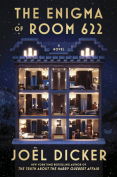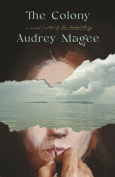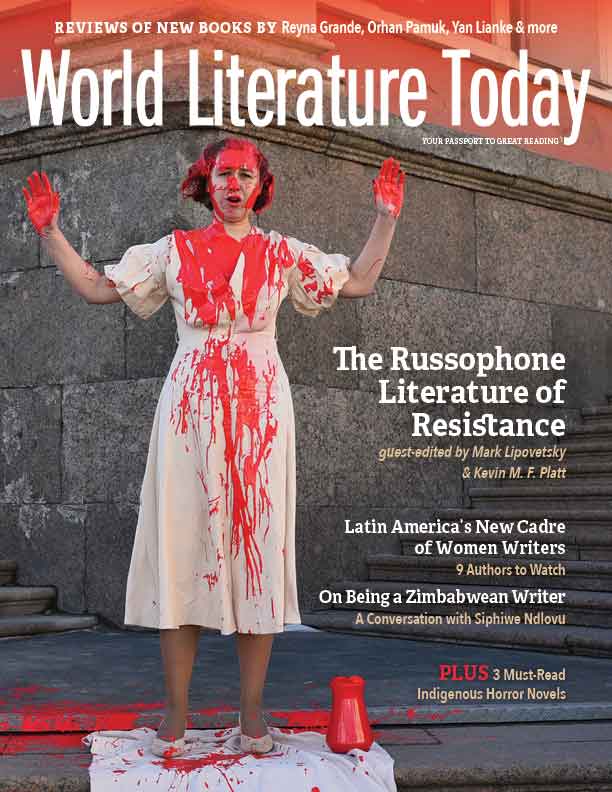The Cambridge Companion to the Essay
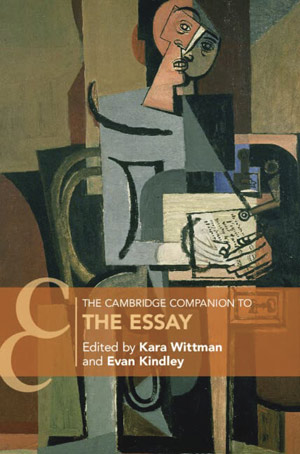 Cambridge. Cambridge University Press. 2023. 289 pages.
Cambridge. Cambridge University Press. 2023. 289 pages.
SINCE THIS REVIEW is written by an essayist, rather than a literary critic or theorist, I should perhaps begin by sharing the warning given in the editors’ introduction: “Remarks by practitioners can be illuminating, but they can also be arcane or partial, focusing on legitimating a particular practice of essay-writing.” In what follows, I’ll try to incline to illumination rather than obfuscation or partisan advocacy, but it seems only fair to declare at the outset the direction from which any light shed on this book will be coming.
The Cambridge Companion to the Essay is one of several recent or imminent publications from university presses that focus on this fascinating literary form. 2020 saw Oxford University Press’s On Essays: Montaigne to the Present, edited by Kathryn Murphy and Thomas Karshan. Now, two Companions are appearing almost simultaneously: this one, and The Edinburgh Companion to the Essay. Cambridge University Press is also poised to release The Cambridge History of the American Essay and The Cambridge History of the British Essay. Such a cluster of work surely denotes an interesting shift in academic thinking. Despite the ancientness of the form, essays have received short shrift in the academy compared to poetry, fiction, and drama. The fourth genre has languished in the margins, often confused with those routine academic assignments with which it shares a name, an unfortunate twinning that has done much to obscure the essay’s creative potential.
On one hand, this abundant crop of scholarship is surely something anyone with a taste for essays will welcome. On the other, I find myself remembering—as a practitioner—the artist (and birdwatcher) Barnett Newman’s comment: “Aesthetics is to artists as ornithology is to the birds.” No doubt the perspectives offered in the Cambridge Companion will be of interest to scholars. What essayists will make of them is less certain.
In Habitations of the Word, William H. Gass suggests that “the essay is obviously the opposite of that awful object, ‘the article’” (see WLT, Winter 2000, 4). Though none of the chapters fall squarely within the crosshairs of the type of writing Gass has in his sights, some come uncomfortably close. It’s a pity that a companion to the essay could not have been more, well, essayistic. The inclusion of one luminously effective essay among the more article-inclining chapters felt to this reader like a welcome oasis in a desert. Kevin Adonis Browne’s beautifully written (and illustrated) “The Photograph as Essay” offers a moving meditation on memory, loss, essay writing, his grandfather, and much else besides.
Deserts may make you thirsty, but they’re also striking landscapes that can uplift and inspire. Each reader will doubtless find their own favorite features in the topography created by this book’s twenty contributors. For me, the standout chapters—apart from Browne’s—are Jason Child’s “The Essay and the Novel” (though I’m puzzled why this is included in a section headed “Technologies of the Essay”), Daegan Miller’s “The Nature Essay,” and Jane Hu’s “The Essay Online.” It’s also worth noting that the editors’ introduction gives a commendably clear and wide-ranging orientation.
Talking of deserts, it’s pleasing to see Edward Abbey’s Desert Solitaire included for 1968 in the book’s opening section: “Chronology: 440 Years of Essays.” Though this is presented as a “detailed chronology,” it’s surely more an impressionistic, indeed eccentric list. Choosing items to represent each year of the essay from the publication of Montaigne’s Essais in 1580 until 2020 is bound to leave out many worthy candidates. Why, for instance, choose Leslie Marmon Silko’s Sacred Water for 1993 rather than The Politics of the Essay: Feminist Perspectives, edited by Ruth-Ellen Boetcher Joeres and Elizabeth Mittman? One omission struck me as particularly odd. The works chosen to represent 1986 are impressive enough in their own right—particularly Barry Lopez’s Arctic Dreams—but in terms of essay-relevance, that year is notable as the inaugural year of The Best American Essays series. Cumulatively, its thirty-six volumes constitute a profoundly important touchstone in this area. Apart from reference to an essay included in the 2011 volume (in Merv Emre’s chapter on “The Personal Essay”), this keynote series receives no mention. There are less serious—but still significant—omissions in the “Further Reading” section, with Lydia Fakundiny’s brilliant anthology, The Art of the Essay, and The Penguin Book of Twentieth-Century Essays not included.
I was disappointed to find nothing about different national traditions of essay writing, or about the medical essay, or essays in popular science writing (one thinks of Stephen Jay Gould’s remarkable oeuvre). But no single volume can be expected to offer an exhaustive mapping of a territory as extensive and complicated as that occupied by the essay. Even the thousand-page Encyclopedia of the Essay, edited by Tracy Chevalier, only provides a partial cartography. It’s possible to take all sorts of routes through the world of essays. Given those favored in this Companion, it’s not surprising that E. B. White’s name is missing, but I would have expected to see reference to Lia Purpura and Eliot Weinberger. It is also, surely, to legitimate a particular practice of essay writing—in the manner the editors warn practitioners are prone to—simply to describe John D’Agata’s “three mammoth anthologies” as “ambitious,” “provocative,” and “controversial,” without referring to the devastating critique of them by William Deresiewicz in his essay “In Defense of Facts,” which appeared in The Atlantic in 2017.
The aim of the book, the editors tell us, is “to broaden our ideas of what essays are and have been, how they work, and what they have done throughout world history.” Clearly, this isn’t something that can be completed in a single volume. But Kara Wittman, Evan Kindley, and their co-authors have certainly made some valuable contributions to the ongoing task of broadening ideas about a genre that’s still too often misperceived.
Chris Arthur
St. Andrews, Scotland
